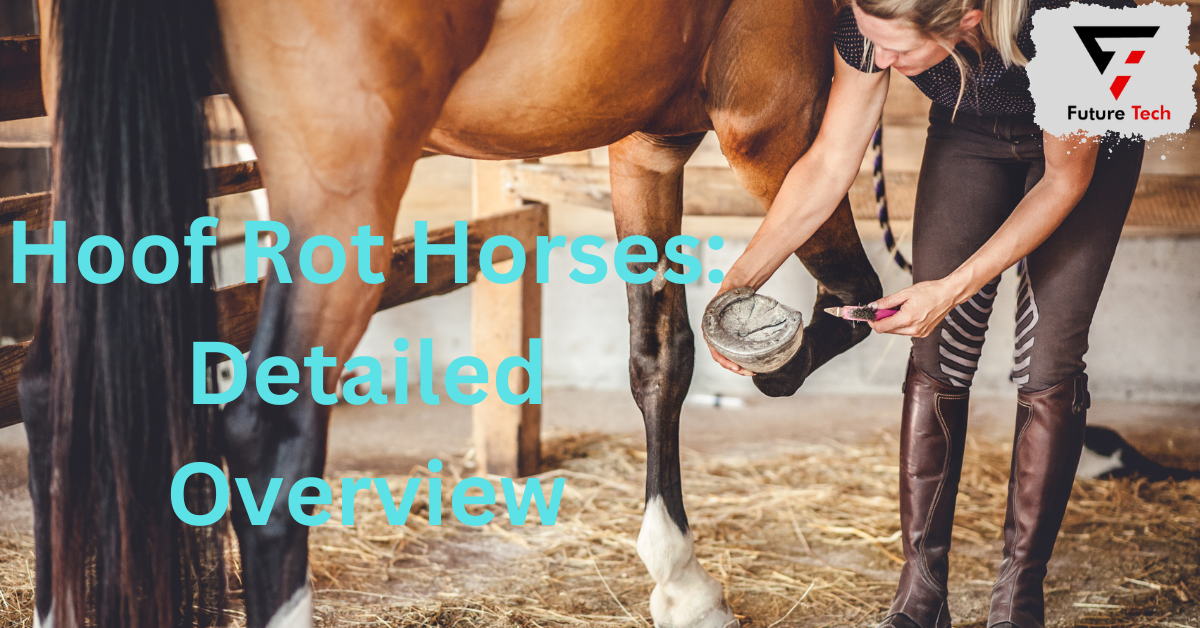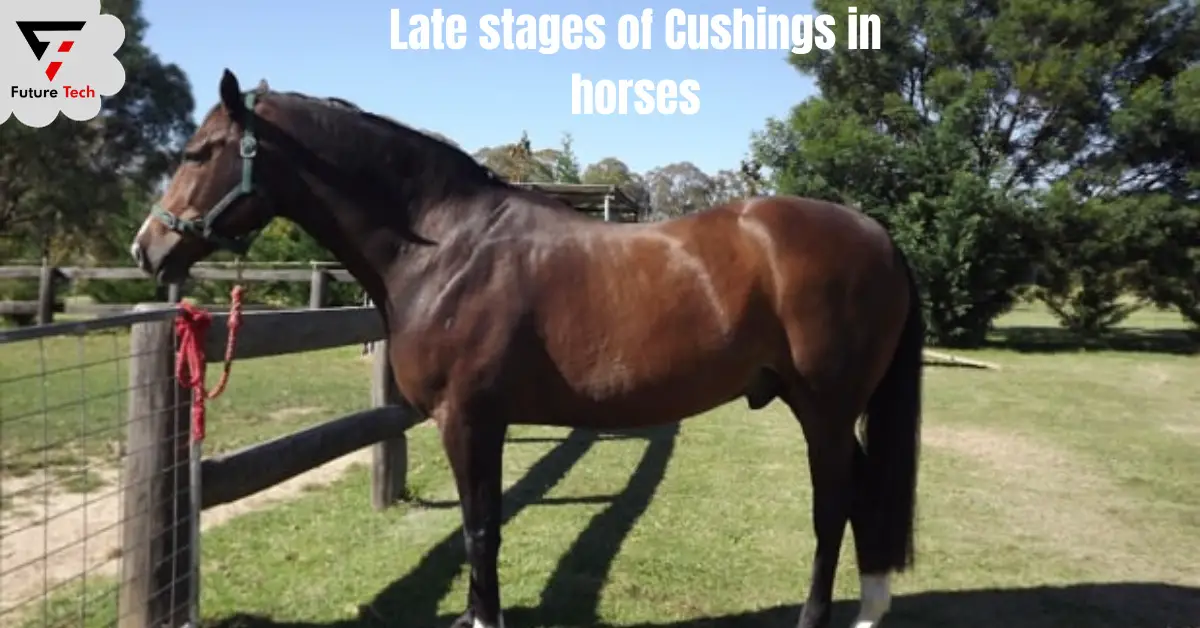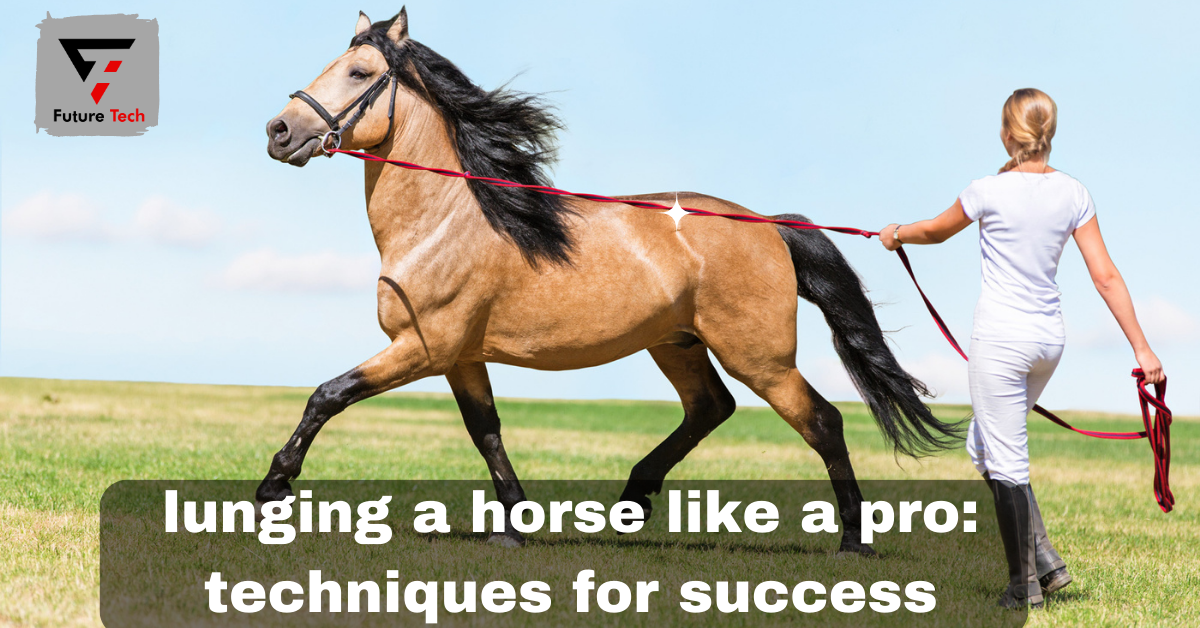A crippling disease that affects horses all over the world, hoof rot has become a significant issue for horse lovers and caregivers. This debilitating condition, formerly called pododermatitis, presents as an odorous, necrotic infection in the feet, resulting in excruciating pain and limited movement for the affected horses. The leading cause of the illness is bacterial infiltration, which frequently occurs in wet, unclean surroundings and causes the hoof tissues to deteriorate. For equestrians and veterinarians alike, hoof rot presents significant issues that necessitate in-depth knowledge and practical preventative and treatment methods.
In this investigation of equine foot rot, we go further into the causes, signs, and symptoms of this disease. Identifying the root causes is essential to developing preventative strategies. We will also talk about the many kinds of treatments that are available, from traditional veterinarian care to cutting-edge holistic alternatives, highlighting the need for early detection and timely intervention. As we explore the intricacies of this illness, our goal is to provide horse lovers and caregivers with the information they need to protect their horses against foot rot.
Recognizing Hoof Rot
The word “hoof rot” refers to a bacterial or fungal infection of the hoof. Another name for hoof rot is greasy heels or scrapes. Hoof rot also includes thrush. Numerous bacteria and environmental factors can lead to hoof rot, but ultimately, the infection of the hoof tissue occurs. If left untreated for an extended length of time, hoof rot can weaken the hoof, resulting in lameness and potentially causing significant harm to the hoof’s structure.
Your horse’s surroundings
An informed horse enthusiast may be able to identify issues that will eventually cause hoof rot in their horse even before they exhibit the first visible signs of the condition. Hoof rot will ultimately occur if your horse is standing in mud, muck, excrement, urine, or any other type of damp, bacterially-filled terrain. Wet, muddy ground damages hooves and creates a perfect setting for the growth of bacterial diseases. Horses with white feet and legs are also more prone to hoof problems than those with darker legs. White markings on the legs are also a sign of a weaker hoof. Weak feet can sometimes be a symptom of impending hoof problems, depending on color, genetics, or diet. Your horse can be in danger if his delicate hooves are prone to chipping, cracking, or other damage. A neglected claw puts your horse at an even greater risk of developing hoof rot.
The Essential Information Regarding Hoof Health
Have you ever heard the saying that since your feet are so important to your health and ability to function, you should never cut corners when it comes to shoe quality? That also applies to your livestock. Given that they have four feet rather than two, some people argue that their feet are twice as significant. Furthermore, whereas your other animals do not wear shoes, horses might.
Healthy hooves are essential for your cattle, pigs, sheep, goats, and horses to enjoy pain-free, mobile lives and reach their full potential. The feet of your cattle hold the key to your success in many ways. It implies that it is essential for them to maintain the condition of their hooves actively and to remain alert for any warning indications. Regular hoof care and maintenance not only keeps your animals pain-free but also boosts the income from your farm and saves you money on veterinary bills.
Your livestock’s feet are more susceptible now than they are at other times of the year as the temperature rises and the amount of rainfall rises. Here are the essentials you should know to maintain the healthiest possible toes on your animals if hoof care is a high priority for you.
Riders: Take A Look at White Line Disease
When the outer layer of a horse’s hoof wall separates from the sole, it causes white line disease, also known as stall rot, hollow foot, and seedy toe. Your horse’s hoof becomes susceptible to bacterial and fungal illnesses as a result of this separation. A severe infection may result from this. Breaks, bruising, and abscesses are just a few of the painful and agonizing injuries that white-line disease can produce. It may potentially worsen the hoof’s damage if neglected, rendering your horse lame.
Early Hoof Rot Symptoms
When hoof rot occurs, it usually has an unpleasant stench. Your horse is likely starting to have foot rot if you notice a foul odor coming from his hoof while cleaning it out. Elevated sensitivity during hoof care or cleaning could indicate an issue. Look for limb swelling, pain, discharge, or heat from the hoof as well, since certain types of hoof rot can develop inside the foot.
Lameness: Horses with foot rot typically experience some degree of lameness. Lameness can range from mild discomfort to complete limping or refusal to bear weight on the afflicted limbs. Get in touch with your farrier to have her examine your horse’s feet if you believe hoof rot is the reason for his lameness. Your horse’s farrier may also recommend a treatment to address the hoof rot.
EQUINE HOOF DISEASES & ISSUES
One day, you’ll hear someone declare, “No hoof, no horse,” if you spend enough time among horses and horse owners. That brief sentence encapsulates the significance of the hoof to the general health of the horse. Although the horse hoof is robust, issues frequently arise. Many causes exist. Common ones include a conformation fault that puts unnecessary strain on a section of the foot, an injury like a sharp object piercing the hoof, and environmental causes like excessive moisture. Horses with healthy hooves have fewer illnesses and issues with them.
Abscess
Suspect an abscess if your horse suddenly becomes lame in three legs without any evident injuries. A hoof opening can become infected with bacteria or dirt, leading to a spot. A veterinarian or a farrier—a person who trims and shoes horses—may perform a test for sensitivity on the bottom of the foot to determine the best way to diagnose a hoof abscess; however, swelling and a stronger pulse in the lower leg can also be signs of one. When he locates the spot, he may remove some hoof tissue to drain it, and the horse usually recovers rapidly after that.
Narrow Toes
Because of poor foot care or a natural difference in thickness, some horses have thinner soles than others because a hoof capsule protects the coffin bone made up of the wall, sole, and hoof frog; a thin sole may actually induce bruising or more severe damage to the bone.
Thoroughly shoe and trim horses with thin soles to prevent removing too much of the sole with each trim. To safeguard the sole and avoid harm to the hoof and coffin bone, place a pad or gel between the shoe and the sole. Every day, clean your hooves to get rid of any rocks that can be causing pain or even bruises.
The Thrush
By keeping your horse’s living quarters and hooves clean, you can reduce the chance of thrush, a standard foot issue. When you wipe out your horse’s foot, you can typically detect the presence of thrush by the scent, which is a sign that bacteria have invaded the grooves in the hoof frog. Seek out a black discharge as well. To cure thrush, keep the affected foot clean and dry. You can get a prepared thrush medication from horse supply stores without a prescription from a veterinarian. Thrush can lead to lameness and damage to the hooves if left untreated. If lameness appears already, call your veterinarian.
The White Line Illness
Ask your farrier or veterinarian to check for white line disease if you notice a separation in the hoof wall. Fungi and bacteria can penetrate the wall at times, turning it crumbly and white. When the white line remains untreated, the infection can eat away at more of the hoof, resulting in either temporary or chronic lameness. If you discover small cases early, you can treat them with topical therapy. When the infection is severe, you may not be able to ride or turn out your horse until it heals. Your veterinarian or farrier will trim the affected area. Prolonged periods without appropriate trimming may be a contributing cause, raising the risk of bacterial infiltration into a weakening and collapsing hoof wall.
Conclusion
To sum up, knowledge of and attention to foot health is critical to horses’ general health and performance. A crippling disease that affects horses all around the world, hoof rot requires watchfulness from caregivers. Many hoof-related problems are preventable by identifying early warning signs and taking preventative action, such as keeping living quarters clean and providing regular hoof care.
When issues such as abscesses, narrow toes, thrush, or white line disease appear, prompt intervention and adequate treatment are critical. Consistent cooperation with knowledgeable veterinarians and farriers is essential to maintaining the health and durability of a horse’s hooves. It is our responsibility as stewards to preserve the health of these amazing creatures’ hooves so they can live pain-free, active lives and excel in all of their equestrian endeavors. By following the recommended procedures for hoof care, we can protect our horse friends and maintain their comfort, mobility, and standard of living.




